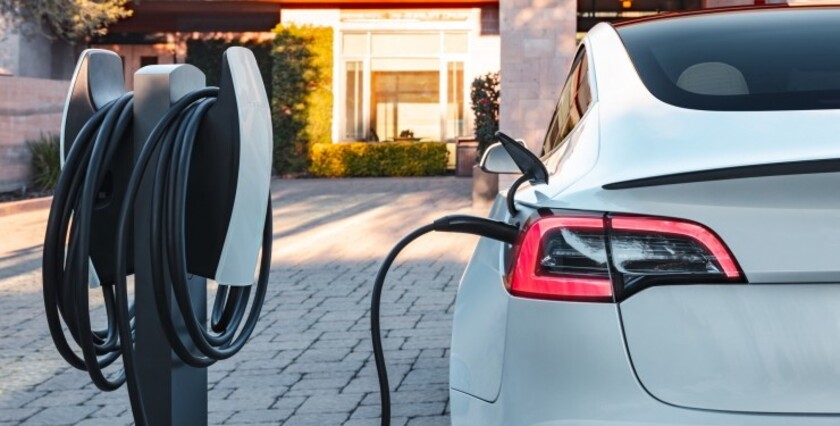
Revolutionary battery for electric cars invented that charges in less than five minutes
Engineers at Cornell University have presented an innovative lithium battery that can charge in less than five minutes, which will set a record.
This technological innovation maintains consistent performance over long charging and discharging cycles, which is designed to eliminate “range anxiety” among electric vehicle drivers.
Linden Archer, professor of engineering and dean of the Cornell College of Engineering, emphasized that “concerns about range” are a serious obstacle to electrifying transportation. His team was able to solve this problem with a rational electrode design.
Archer said: “If you can charge an electric vehicle battery in five minutes, you don’t need a large capacity battery to cover long distances. This lowers the cost of electric vehicles, helping to drive their wider adoption.”
An article on the study “Fast charging and long-term storage of lithium batteries” was published in Joule magazine. The author of the article is Shuo Jin, a PhD student in chemical and biomolecular engineering.
Lithium-ion batteries are widely used in electric vehicles and smartphones due to their lightness, reliability, and energy efficiency. However, they require a long charging time and cannot withstand large current surges.
Researchers have identified indium as a promising material for accelerated charging. Indium, which is predominantly used in coatings for touchscreen displays and solar panels, has two key characteristics as a battery anode: a low energy barrier to migration and a moderate exchange current density. These properties are important for fast charging and long-term energy storage.
Prof. Archer emphasized that the key point is the discovery of a design principle that allows metal ions to move freely on the battery anode, ensuring stability in each charging cycle. This allows the new batteries to be charged and discharged thousands of times.
The combination of this technology with wireless induction charging on the road will reduce the size and cost of batteries, making electric transportation more affordable. However, the scientists admit that the use of indium anodes can bring its own difficulties to production, emphasizing the need for additional research and process optimization.
The research is supported by the U.S. Department of Energy’s Basic Energy Sciences Program through the Center for Mesoscale Transportation Properties and the Energy Frontiers Research Center, using the services of the Cornell Materials Research Center, supported by the National Science Foundation’s Center for Materials Science and Engineering Research program.

